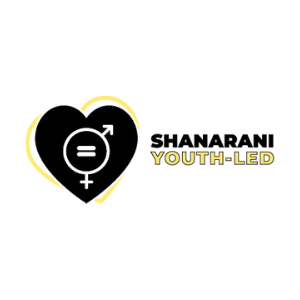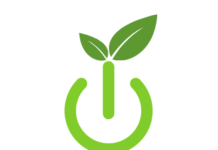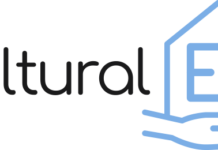Project ID: 2020-1-UK01-KA205-078035
Lead organisation
INDEPENDENT ACADEMIC RESEARCH STUDIES INTERNATIONAL INSTITUTE – IARS (UK)
Call for proposals – Programme
Erasmus +, KA2 (Cooperation for Innovation and the Exchange of Good Practices, Strategic Partnerships for Youth), Call 2020
Brief description
The name ‘Shanarani’ comes from the language of the indigenous Purépecha people in Mexico and means ‘walker’. It is a name used for all children, both boys and girls. Its use and meaning are strictly connected to the theme of this project, which aims to move along the path of gender equality by means of the tools of education and innovation.
In particular, Shanarani aims to help preventing and tackling gender discrimination and stereotypes as well as social exclusion, which stems from not respecting the rules of conduct dictated by gender identity. The project recognises the social construct nature of the gender roles assumed from childhood and also the negative consequences that this situation causes. Gender discrimination is an issue that, despite progress in recent years, is still widespread in Europe.
This kind of discrimination has common features in the various European countries, both in the forms in which it occurs and in the reasons that underlie it.
The project partners were selected precisely because of the challenges but also the opportunities that arise around this issue. Italy, in particular, continues to adhere to a patriarchal reference model that attributes to women in many areas a subordinate social role. According to statistics, moreover, the population sometimes even justifies domestic violence.
Therefore, the aim of this project is:
(1) to create innovative youth-focused tools that youth workers can apply in their work with children and young people at risk; (2) to create accessible learning methods for young people so that they can use them in a funny and enjoyable way, while increasing their resilience against gender-based discrimination (3) to adapt these new methods to the national context and accreditation systems (4) to develop awareness and motivation strategies to involve the target group (5) to design all-round support, implementing training and awareness-raising for parents and families (6) to disseminate the project as a good practice led by boys and girls to break down stereotypes about young people.
Goals
- Co-designing and testing with boys and girls a youth-focused curriculum, by means of cinema and theatre, with the aim of offering youth workers and other professionals the right support they can use in order to conduct gender equality activities;
- Development and testing of a game to be used by young people and their families, aimed at increasing their resilience against gender stereotypes;
- Developing an online platform in order to support youth workers and inform young people about these issues;
- Spreading the results of the project and raising awareness about the problem and how to deal with it within communities, with stakeholders and decision makers, also through policy information and the formation of public opinion.
Project activities
INTELLECTUAL OUTPUTS (OI)
OI 1 – Shanarani Curriculum: development and implementation of a curriculum in order to support professionals working with young people at risk. The curriculum will adopt an innovative approach based on the use of the means of cinema, theatre and acting. This method will help to show the reproduction of stereotypes in the media on the one hand. On the other hand, it will also exploit the potential of this approach to make individuals experience new reference roles in our society by themselves. The curriculum will be translated and adapted into the participating languages.
OI 2 – The Shanarani Game: development and dissemination of a game aimed at young people, their families and youth workers, designed to inform young people in an accessible and funny way and support youth workers in their work;
OI 3 – Shanarani app: an app will be created based on the Shanarani platform and curriculum;
OI 4 – Shanarani e-book: this IO will collect all the research, pilot activities, learnings and results of the Shanarani project in a single e-book containing chapters in all participating languages, as well as a chapter in English.
MULTIPLIER EVENTS (E)
In order to disseminate and transfer the project results, in the countries involved, at local/national level will be organised 5 Multiplier Events (E1-E5)
Beneficiaries
Direct target groups: youth workers, teachers and other professionals working with young people at risk of being involved in gender-based discrimination and violence; young people in general – especially girls – and those from disadvantaged backgrounds, as well as their parents.
Secondary target groups: policy-makers (national/EU), NGOs, equality organisations, local/central government, vocational education and training providers and universities.
Partnership
– Lead partner: INDEPENDENT ACADEMIC RESEARCH STUDIES INTERNATIONAL INSTITUTE IARS (UK)
– PP1: ASOCIACION CAMINOS – ASOCIACION PARA EL INTERCAMBIO EDUCACION Y DESARROLLO SOCIAL (ES)
– PP2: InEuropa srl (IT)
– PP3: CENTRUL PENTRU DEZVOLTARE COMUNITARA DURABILA – CDCD (RO)
– PP4: SYMPLEXIS (EL)
Duration
This project has a duration of 24 months (from 1/9/2020 to 31/8/2022)
Project cost
The project has a total cost of €195,910.00.




